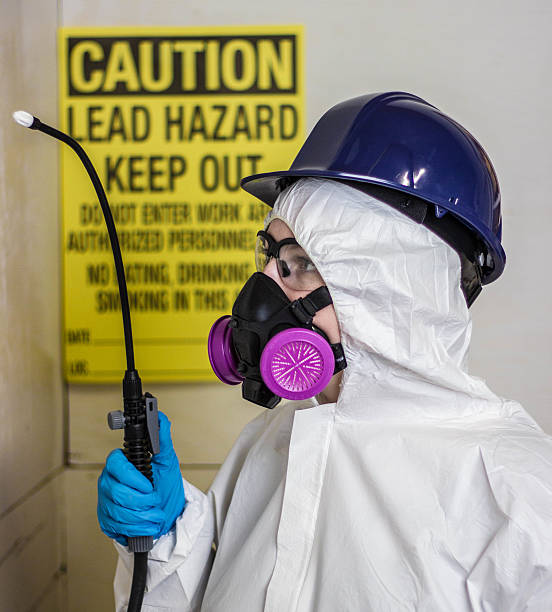
Safeguarding Workers from Occupational Lead Hazards, As workers contribute their skills and dedication to various industries, it’s important to ensure their safety and well-being. One often underestimated threat is occupational lead hazards. These hazards can silently affect workers, causing severe health issues over time. In this article, we’ll explore what occupational lead hazards are, their potential dangers, and how both employers and employees can work together to create a safer work environment.
Understanding Occupational Lead Hazards
Occupational lead hazards refer to situations where workers are exposed to lead in their work environment. Lead is a toxic metal that was once commonly used in many industries due to its versatile properties. However, it’s now known that prolonged exposure to even low levels of lead can have severe health consequences.
Potential Dangers of Lead Exposure
Lead exposure can lead to a range of health problems, including damage to the nervous system, kidneys, and other vital organs. It can also affect cognitive function and lead to developmental issues in pregnant workers’ unborn children. Because the symptoms of lead poisoning might not appear immediately, workers might not realize the harm until it’s too late.
Common Industries at Risk
Certain industries pose a higher risk of occupational lead exposure. These include construction, manufacturing, painting, and automotive repair. Workers in these fields often encounter lead-containing materials such as paints, batteries, and pipes.
Safeguarding Workers from Lead Hazards
- Education and Training: Employers should provide thorough training on lead hazards, including how to identify lead-containing materials and the proper safety measures to take.
- Personal Protective Equipment (PPE): Appropriate PPE, such as gloves, masks, and coveralls, should be provided to workers to minimize direct contact with lead.
- Ventilation and Containment: Work areas should be well-ventilated to prevent the accumulation of lead dust or fumes. Containment measures, like plastic sheeting, can help confine lead-related work to specific areas.
- Hygiene Practices: Encouraging good hygiene, such as regular handwashing and not eating in lead-exposed areas, can reduce the risk of lead ingestion.
- Regular Monitoring: Implementing routine monitoring of lead levels in the workplace can help identify potential exposure risks and address them promptly.
- Medical Check-ups: Workers exposed to lead should undergo regular medical check-ups to catch any health issues early.
Conclusion
Workers play a vital role in the progress of industries, and their safety should be a top priority. By understanding and addressing occupational lead hazards, employers can create a healthier and more secure work environment. With the right measures in place, workers can focus on their tasks without being in jeopardy from the hidden threat of lead exposure.
Reference Link: https://www.cdc.gov/niosh/topics/lead/preventconstruction.html
